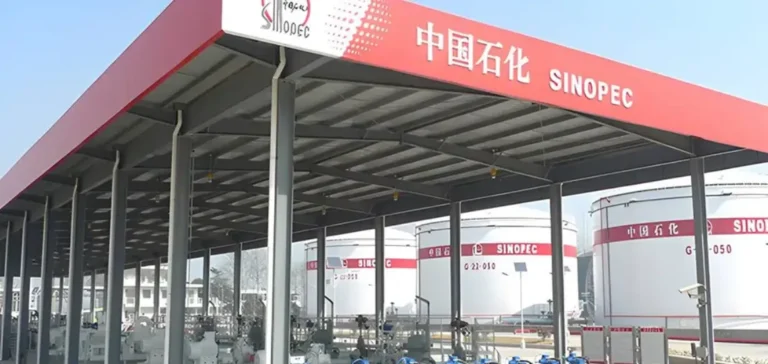China has just approved the construction of an interprovincial hydrogen pipeline linking Inner Mongolia to the strategic Beijing-Tianjin-Hebei region. The project, spearheaded by Chinese state-owned petroleum company Sinopec, involves developing a 400-kilometer infrastructure specifically designed to carry hydrogen produced from renewable energy to heavy industries located around the Chinese capital. It marks the country’s first project of this scale exclusively dedicated to transporting green hydrogen. This decision comes at a time when Inner Mongolia is actively developing its energy potential, capitalizing on significant renewable energy capacities that remain largely untapped.
A Favorable Context for Hydrogen Development
Historically focused on fossil fuels, Inner Mongolia recently paved the way for green hydrogen by partially lifting restrictions on hydrogen production outside traditional chemical industrial complexes. This regulatory shift also applies to several other key Chinese provinces such as Hebei, Shandong, and Guangdong, thereby expanding opportunities for large-scale production. With abundant wind and solar resources, the province now enjoys a significant competitive advantage in economically producing renewable hydrogen. Easier access to the Beijing market could encourage more industrial players to establish themselves in this region, thus diversifying the available energy supply.
Addressing Growing Industrial Needs
Until now, the absence of dedicated hydrogen transport infrastructure has been considered a major obstacle to its adoption by major industrial consumers around Beijing. The future commissioning of this pipeline, now part of China’s national energy network development plan, could significantly reduce supply costs and ensure greater consistency in deliveries. Furthermore, this new infrastructural link is expected to facilitate exchanges between producers and industrial consumers, although negotiating long-term contracts remains challenging due to the emerging nature of China’s renewable hydrogen market.
A Strategic yet Costly Infrastructure
According to industry players, pipeline transport remains the most efficient and economical method for moving hydrogen across large land distances. However, the project’s technical execution will require rigorous cost management, particularly regarding land acquisition for pipeline construction. Nonetheless, integration into China’s national energy plan should simplify certain administrative procedures and minimize potential delays related to land permits. It remains to be seen how China will manage to significantly scale up hydrogen production while quickly recouping investments made in such heavy infrastructure projects.






















